Product Description
DDX11 Antibody | 55-911 | ProSci
Host: Rabbit
Reactivity: Human
Homology: N/A
Immunogen: This DDX11 antibody is generated from rabbits immunized with a KLH conjugated synthetic peptide between 819-847 amino acids from the C-terminal region of human DDX11.
Research Area: Cell Cycle
Tested Application: WB, Flow
Application: For WB starting dilution is: 1:1000
For FACS starting dilution is: 1:10~50
Specificiy: N/A
Positive Control 1: N/A
Positive Control 2: N/A
Positive Control 3: N/A
Positive Control 4: N/A
Positive Control 5: N/A
Positive Control 6: N/A
Molecular Weight: 108 kDa
Validation: N/A
Isoform: N/A
Purification: This antibody is purified through a protein A column, followed by peptide affinity purification.
Clonality: Polyclonal
Clone: N/A
Isotype: Rabbit Ig
Conjugate: Unconjugated
Physical State: Liquid
Buffer: Supplied in PBS with 0.09% (W/V) sodium azide.
Concentration: batch dependent
Storage Condition: Store at 4˚C for three months and -20˚C, stable for up to one year. As with all antibodies care should be taken to avoid repeated freeze thaw cycles. Antibodies should not be exposed to prolonged high temperatures.
Alternate Name: Probable ATP-dependent RNA helicase DDX11, CHL1-related protein 1, hCHLR1, DEAD/H box protein 11, Keratinocyte growth factor-regulated gene 2 protein, KRG-2, DDX11, CHL1, CHLR1, KRG2
User Note: Optimal dilutions for each application to be determined by the researcher.
BACKGROUND: DEAD box proteins, characterized by the conserved motif Asp-Glu-Ala-Asp (DEAD) , are putative RNA helicases. They are implicated in a number of cellular processes involving alteration of RNA secondary structure such as translation initiation, nuclear and mitochondrial splicing, and ribosome and spliceosome assembly. Based on their distribution patterns, some members of this family are believed to be involved in embryogenesis, spermatogenesis, and cellular growth and division. This gene encodes a DEAD box protein, which is an enzyme that possesses both ATPase and DNA helicase activities. This gene is a homolog of the yeast CHL1 gene, and may function to maintain chromosome transmission fidelity and genome stability. Alternative splicing results in multiple transcript variants encoding distinct isoforms.
 Euro
Euro
 USD
USD
 British Pound
British Pound
 NULL
NULL

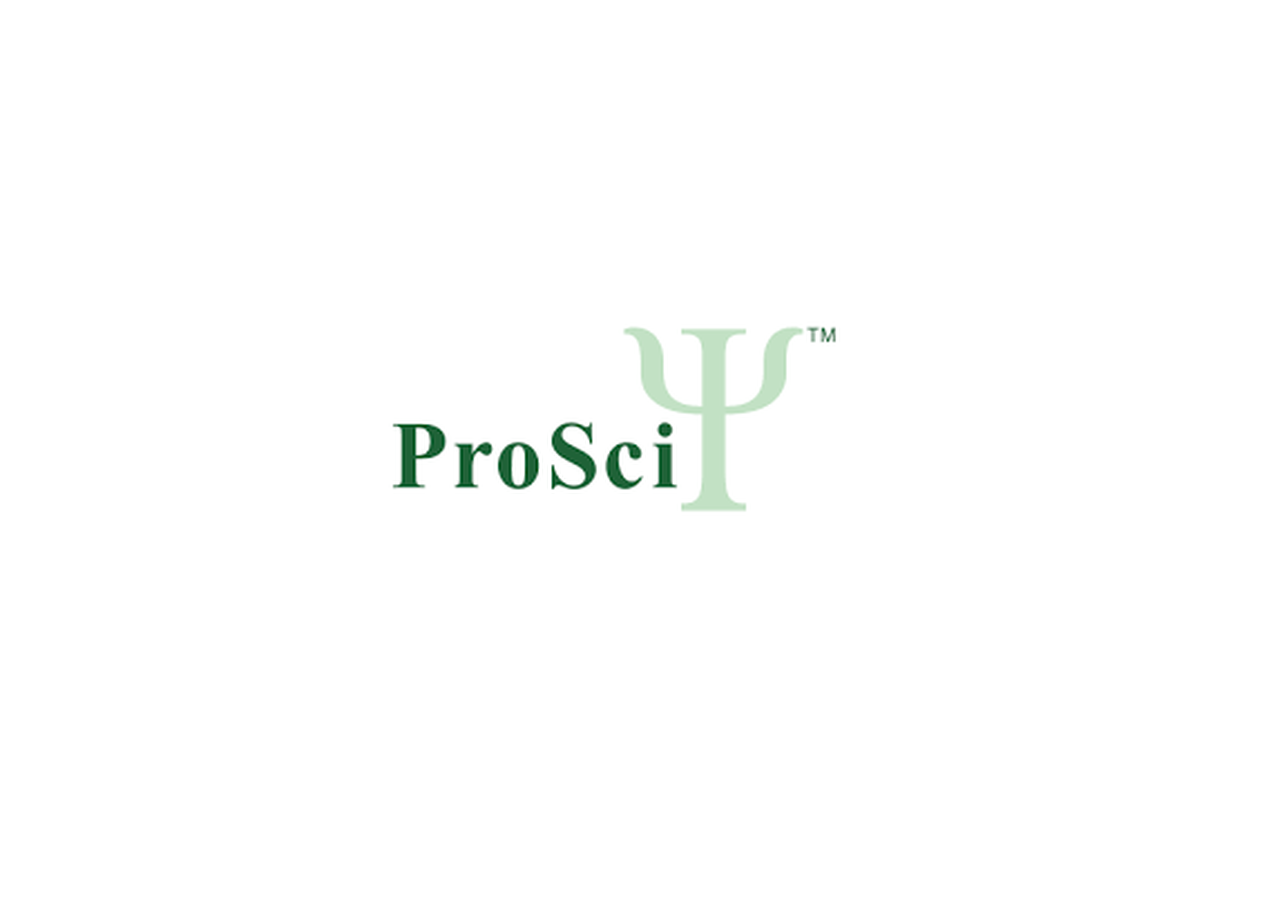

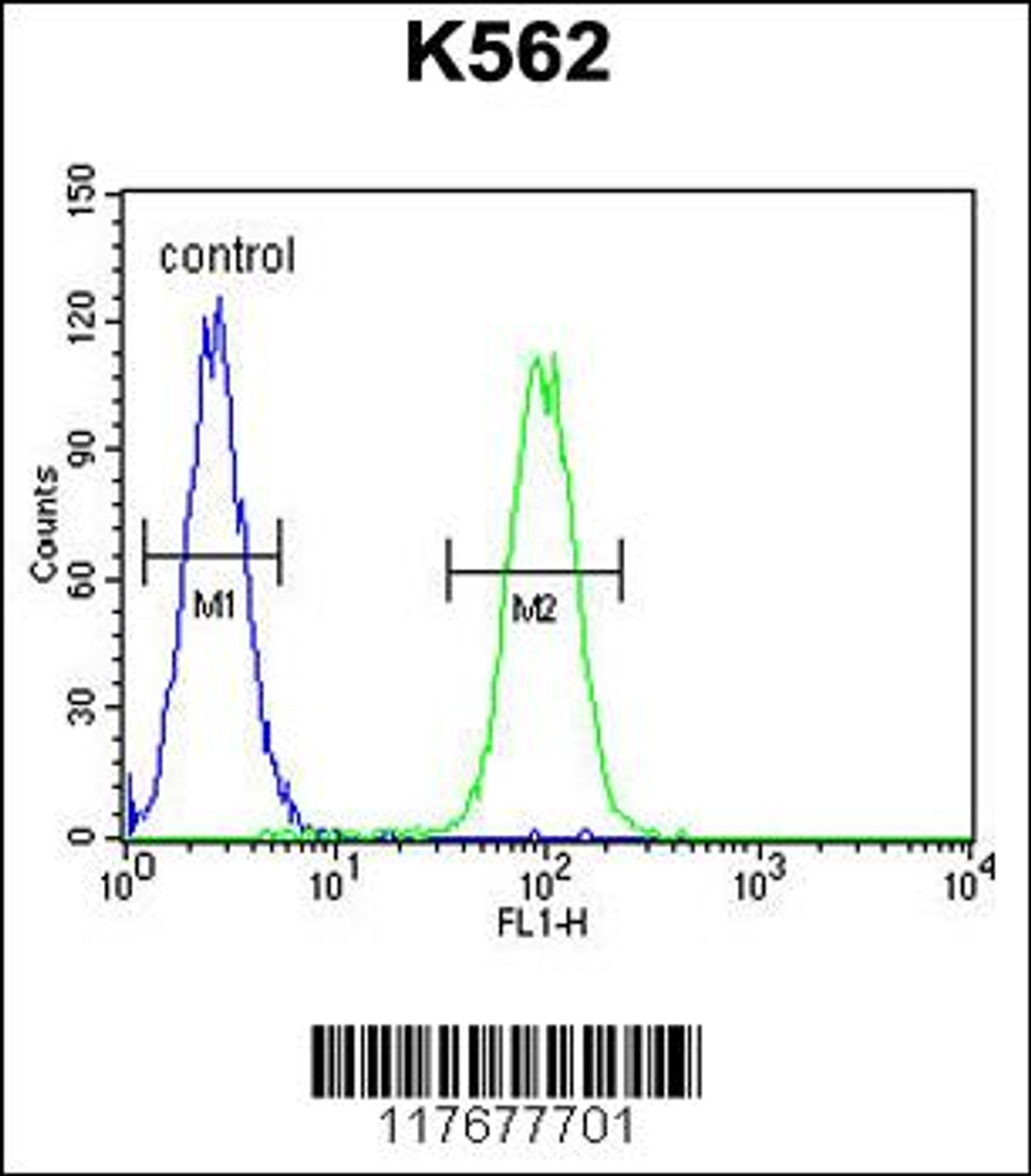




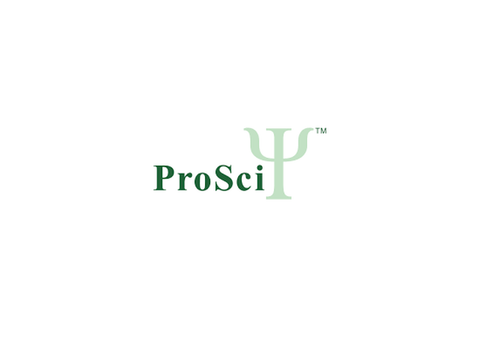


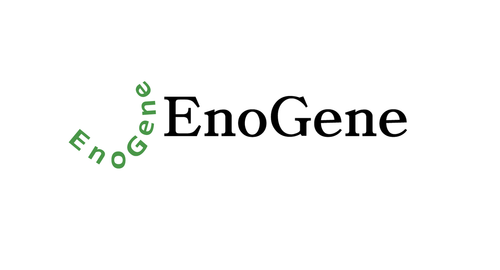
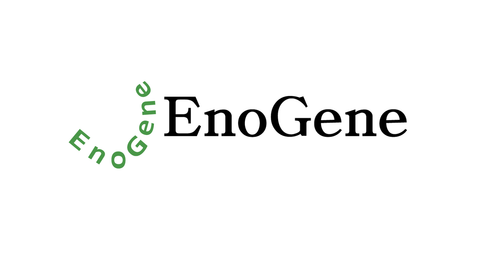



![DDX11 Antibody (C-term) [APR03573G] DDX11 Antibody (C-term) [APR03573G]](https://cdn11.bigcommerce.com/s-452hpg8iuh/images/stencil/500x659/products/864155/1156222/logo__92149.1659788186__39660.1659860055.png?c=2)